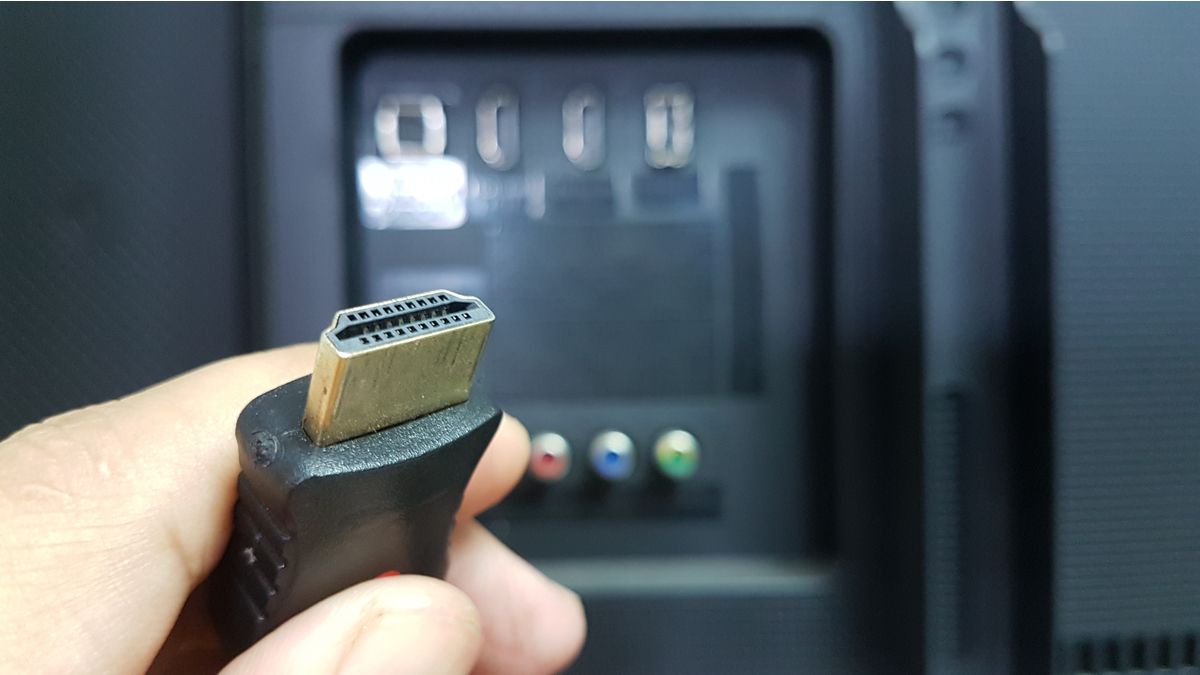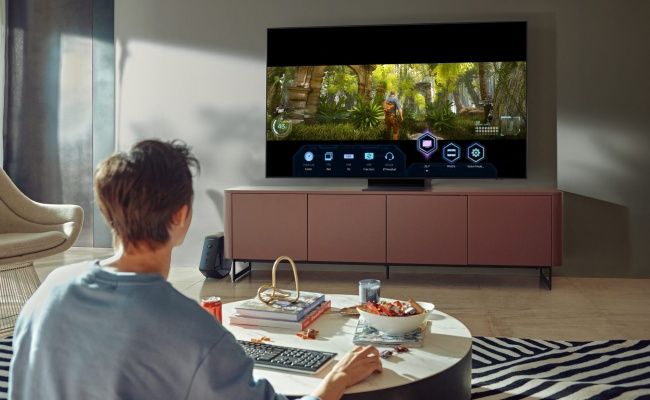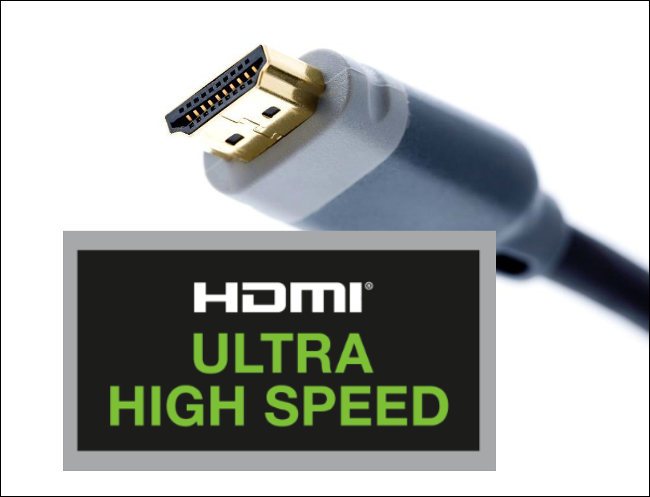Quick Links
The HDMI standard is constantly evolving. After HDMI 2.1 brought a host of significant generational changes, HDMI 2.1a arrives in 2022 as an incremental update. Here's what it offers and whether you need new hardware for it.
Adding New Features to HDMI
HDMI or High-Definition Multimedia Interface is a single cable audio/video interface used to transmit digital audio and video data from one device to another. Since its debut in 2002, it has become a de-facto standard for high-definition televisions and is also found on most modern devices that deal with audio and video content.
Over the years, we have seen multiple updates to the HDMI specification, bringing new features to help the HDMI interface keep pace with technology. HDMI 2.1 was the last major update. It increased the supported bandwidth of the interface to 48Gbps and added support for eARC, uncompressed 8K signal, dynamic HDR, and several next-generation gaming technologies.
The new HDMI 2.1a standard is a relatively minor update, but it packs a key feature in the form of Source-Based Tone Mapping (SBTM). The HDMI Forum says the HDMI 2.1a standard will be officially released in 2022.
What Is Source-Based Tone Mapping?
SBTM is an HDR feature that offloads a portion of the tone mapping to the content source (e.g., a game console or a computer). Tone mapping is a process of adapting an HDR signal to suit the capabilities of a particular screen. Right now, all tone mapping is performed on display, which can be your TV or a monitor, but typically a content source is far better equipped to handle this sort of processing need.
Even with SBTM, displays will still perform part of the tone mapping, but HDMI Forum believes this will help consumers get the most out of high dynamic range content.
In addition, the HDMI devices can use the feature to avoid manual calibration of displays for HDR games, which gamers currently have to do unless their devices and games support Dolby Vision for Games or HDR10+ Gaming.
Another scenario in which SBTM will be helpful is processing a mix of content types. For example, when viewing a streaming service's menu, some of the video previews may be HDR, whereas others may be SDR. In such cases, rather than forcing the display to deal with different content types, the content source could adjust its HDR output to take full advantage of a screen's SDR, HDR, and dynamic HDR capabilities.
Lastly, SBTM is not a new HDR standard. It's just intended to help HDR10, HDR10+, and Dolby Vision formats work better.
Do I Need to Buy New Hardware to Get HDMI 2.1a?
There is no simple answer to whether you'll need to buy hardware to get HDMI 2.1a. The HDMI Licensing Administrator, which licenses out HDMI standards, says many of the existing HDMI 2.1 content source and display devices can have their firmware upgraded to gain support for SBTM. But it'll depend on the manufacturers whether they want to do it.
However, as the HDMI 2.1a specification is still getting final touches and will arrive in 2022, it's hard to speculate what the manufacturers may or may not do in this case. That said, both your content source and display will need to support HDMI 2.1a to make use of its features.
For HDMI cables, existing Ultra High Speed or HDMI 2.1 cables are still suitable for all HDMI 2.x standards, including HDMI 2.1a.
If you don't have any HDMI 2.1 devices and are planning to upgrade, the first new devices with the HDMI 2.1a standard are also expected to arrive in 2022.
Does HDR 2.1a Support Guarantee My Device Will Have SBTM?
Unfortunately, even if a device is marketed as featuring an HDMI 2.1a port, it doesn't necessarily need to support Source-Based Tone Mapping. Instead, it's an optional feature.
According to TFTCentral, HDMI Licensing Administrator runs the HDMI standard as a set. With each new update, the previous versions become a sub-set of the latest standard. As a result, HDMI 2.1 will no longer technically exist after the HDMI 2.1a specification is officially released. New HDMI devices will be licensed under the HDMI 2.1a standard, even though they may not support all the features in the latest specification.
HDMI Licensing Administrator expects manufacturers not to use the HDMI 2.1 or HDMI 2.1a labels in their marketing. Instead, they are supposed to use the "HDMI" term and list out the supported optional features, including SBTM, to inform the customers.
But the reality is far different, and HDMI versions numbers are regularly thrown around by most manufacturers. So as a consumer, you can't assume that any HDMI 2.1a device will support SBTM. It's always a good idea to confirm the same from the manufacturer before purchasing an HDMI device if you want this feature.



